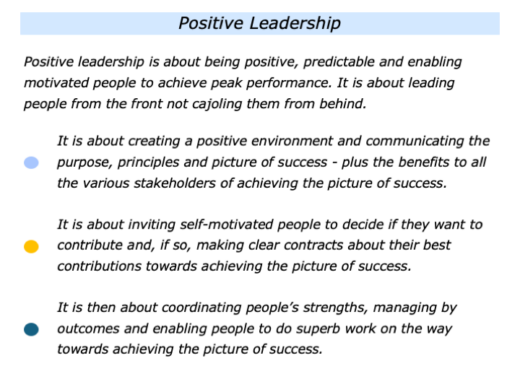
Good leaders are often positive, predictable and enable motivated people to achieve peak performance. Poor leaders are negative and unpredictable. They result is that people feel unsure and unable to do their best.
Such leaders are credible. Whilst being positive, they are good at explaining challenging situations and the possible solutions. People see them as truthful and also sometimes inspiring.
They are predictable. They explain the principles they believe in following and they aim to be consistent. People know where they stand. This helps to create a platform that enables people to achieve success.
Looking back, can you think of a situation when you demonstrated positive leadership? This could have been in your personal or professional life.
You may have done this when acting as a teacher, coach, manager, leader or in another role. You may have done it when helping a group of people, coaching a sports team, directing a play, leading a project, building a successful prototype or doing another activity.
What did you do then to behave in a positive way and also be predictable? What did you do to communicate the picture of success? What did you do to enable people to do good work and maybe even achieve peak performance?
If you wish, try tackling the exercise on this theme. This invites you to complete the following sentences.
Positive Leadership
In The Past
The specific situation when I was positive, predictable and did
my best to enable people to achieve peak performance was:
*
The specific things I did then to follow
these principles in my own way were:
*
*
*
The specific things that
happened as a result were:
*
*
*
The following section focuses on how to continue to be positive, predictable and enable motivated people to achieve peak performance.
As mentioned earlier, there are other aspects of positive leadership. These include encouraging people to focus on the purpose, principles and picture of success. You can find many practical tools for making this happen in the article called The Positive Team Approach.
Bearing this in mind, let’s focus on the aspects of being positive, predictable and enabling people to achieve peak performance.
Positive
Imagine you lead a team. On a scale 0-10, to what extent do you believe people perceive you as positive? What can you do to maintain or improve the rating?
Why pose the question this way? Some leaders see themselves as positive, but the way they behave towards other people can come across as negative.
Positive leaders act as good models and create an encouraging environment. The ways they behave can affect people throughout an organisation. Here are two examples that I witnessed.
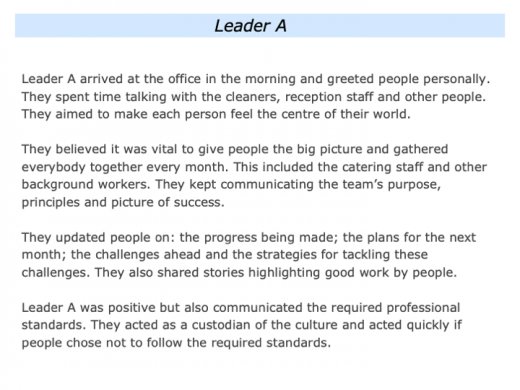
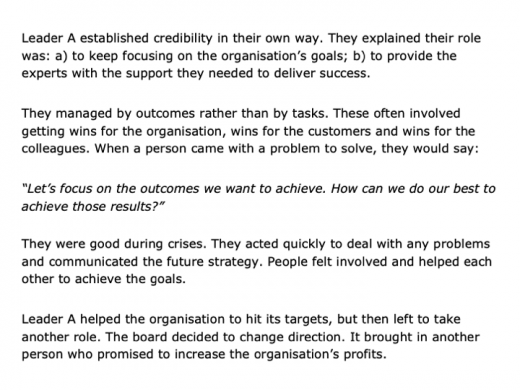
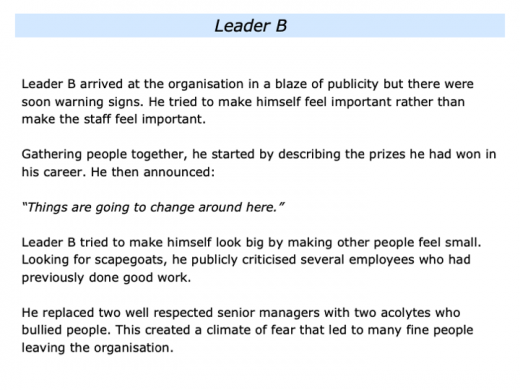

Let’s return to your own work. Looking at the people you lead or work with, to what extent do you think they rate you as being positive? Rate this on a scale 0-10. Describe the specific things you can do to maintain or improve the rating.
Predictability
Good leaders are predictable. People know what to expect from them and the guidelines they can follow in their daily work. They don’t have to spend time guessing how the leader will behave that day.
Negative leaders can be unpredictable. They can veer from being stable to being sarcastic, ranting or cruel. People spend time guessing the leader’s mood. This does not help them to do good work.
Good leaders are caring rather than callous. They aim to build a positive culture where people are clear on ‘the way we do things around here’. They therefore take the following steps.
They communicate the required professional standards and give the reasons for these standards;
They personally follow these professional standards and keep sharing success stories that highlight how employees are translating the standards into action;
They act immediately to maintain the professional standards and protect the culture if somebody chooses not to follow these standards.
Good leaders sometimes go a step further. When taking over a team, for example, they explain their leadership style. People then know what to expect from the leader rather than spend six months guessing.
Different leaders do this in different ways. The following section describes an exercise I have used with leaders to help them explain their leadership style to people.
Afterwards the team members often say that it is good to know what they can and can’t expect from the leader. They can then take a stand towards how they respond.
Imagine that you are taking over a team. Here are some steps you can take to communicate your leadership style to people.
Clarifying Your
Leadership Style
This exercise invites you to clarify and then communicate the following things to people.
The things you will and won’t do as a leader.
The Dos and Don’ts for working well with you.
The consequences of your style.
Be very honest when completing the exercise. This is about your actual leadership style. It is not your aspirations.
Remember, there are not necessarily good or bad styles. But there are consequences. Below is the exercise. This is accompanied by an example of what one person wrote when communicating their leadership style.


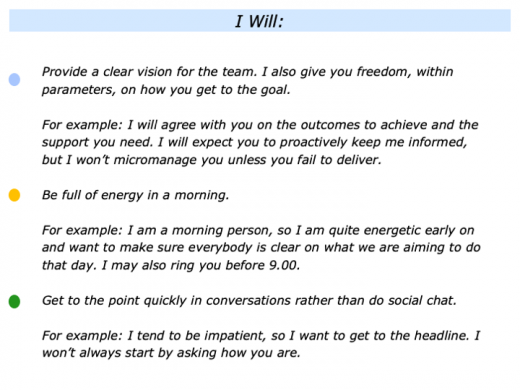
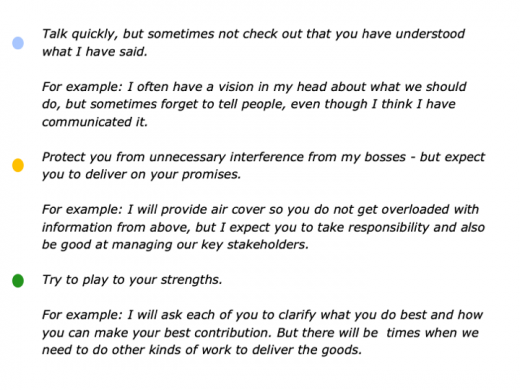


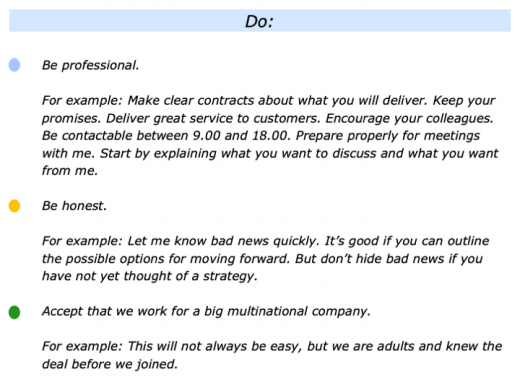
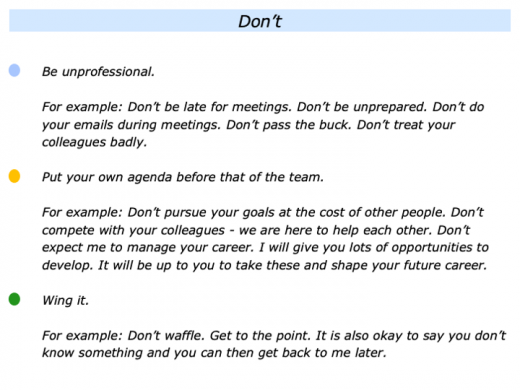

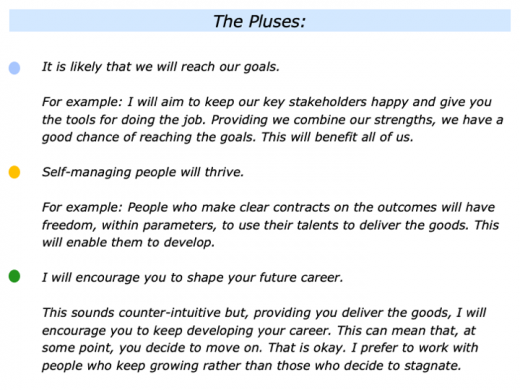
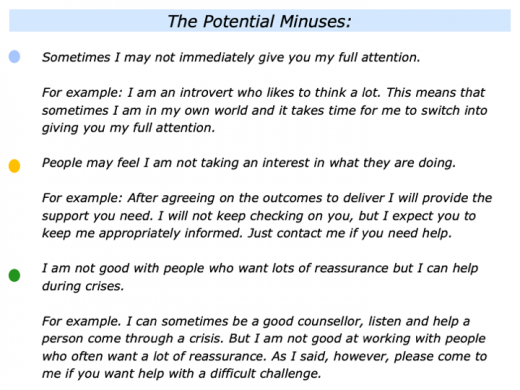
Communicating
Your Leadership Style
If you wish, find an appropriate time to share your leadership style with your team. I have often invited leaders to do this during a leadership team workshop, but other times can also be appropriate.
Providing it is communicated properly, the response is normally positive. People like to know how their leader operates, so it’s good to make the implicit explicit. They can then take a stand towards how they work with you.
This exercise also works with leaders who have been with a team for a long time. After one such leader shared it with their team on a workshop one person gave the following reactions.
“We have been working together for five years, but this document sums you up, warts and all. For example, it took me six months to figure out that you have a memory like an elephant, even though you seldom write anything down.
“At first I thought you weren’t paying attention during our conversations, but later you could recount every detail. Now I tell new starters to ignore your body language, which can be a bit disconcerting.
“They need to know that you notice every detail about them and the conversation. Some people find this intimidating, but most eventually get used to you.
“I wish somebody had told me your rules when I first joined the team.”
The leader who gave the examples mentioned above later met with me. They explored how to build on the pluses and minimise the minuses of their style. They explained this in the following way.
“Building on the pluses, I will continue to provide direction and give people the tools they need to do their jobs.
“Aiming to minimise the minuses, I will spend one hour with each person each month. Ahead of the meeting, I will ask them to do some preparation.
“I will provide them with a framework they can use to send me an email describing:
The specific things they have done well during the past month and how they can build on these;
The specific things they can improve in the future and how;
The plans they have for the next month and the practical support they need from me.
“We can have some quality time together. I will aim to help them to keep developing and also make their best contribution to the company.”
Team members often appreciate the honesty a leader puts into this exercise. Some leaders also invite their people to do a similar exercise about themselves.
Good leaders are predictable. Even though, in some cases, this means that people know that the leader is sometimes unpredictable in a positive way.
Looking at yourself as a leader, rate the extent to which you believe other people see you as predictable. Do this on a scale 0-10. Describe the specific things you can do to maintain or improve the rating.
Peak Performance
Good leaders often combine personal humility and professional will, says Jim Collins. Writing in his book Good To Great, he says that such people – those he calls Level 5 Leaders – often get the best from people. They also create a positive legacy.
Such leaders enable motivated people to achieve peak performance. Different people do this in different ways. Depending on their strengths, they may be good at inspiring people, educating people or a creating a framework in which people can do great work.
Some lead a team that focuses on its purpose, follows its principles and achieves its picture of success;
Some lead a team that focuses on its values, translates these into a clear vision and does valuable work;
Some lead a team that enables people to flow, focus, do fine work, finish and find fulfilment;
Some lead a team that encourages people to build on their strengths, do superb work and achieve ongoing success;
Some lead a team that follows Robert Greenleaf’s approach to servant leadership – they serve the people who aim to serve a particular cause.
Good leaders realise that they are judged by the performance of their people rather than just by their own performance. This is an obvious but often overlooked concept that can come as a profound realisation to some leaders.
Benjamin Zander, the conductor, described his own insight regarding this concept. This came when he was invited to conduct the Berlin Philharmonic. Here is a summary of what Benjamin said.
“Walking into the auditorium for the first rehearsal with the orchestra, I had a realisation about my role as a conductor. This came as an epiphany, because in the music world the conductor is seen as all powerful.
“My realisation was this. It did not matter how much I waved my arms around. The audience was going to judge my work by the performance of the musicians in front of me.”
People leaders need to develop certain skills to create superb teams. One rising leader I worked with in a giant tech company had such an epiphany. Here is the gist of what he said.
“For me this will mean changing my mindset. I have got to this stage of my career by being driven and hitting certain targets.
“I now want to be a good people leader. Whilst I have some of the necessary skills, I want to learn how to create a framework that helps other people to succeed.
“I’m not sure how this approach will be perceived, however, because we are still an organisation that rewards individual performance. But I want to help the people in my part of the business to thrive and perform at their best.”
Enabling People To
Achieve Peak Performance
Let’s return to your own situation. Imagine that you lead a team. How can you enable motivated people to achieve peak performance? Here is one practical exercise that I have seen work.
You Can Clarify Each Person’s
Preferred Working Style
This is an approach that can be used in one-to-one meetings. If you feel it would be useful, however, you can invite people to do the following exercise individually and then share their work in a group setting.
The next section explores this second approach. There are several points to bear in mind when doing the exercise.
The exercise is most effective when each person in the team wants to deliver professional performances. You can then help them to make their contribution to the team’s picture of success.
The exercise is not about working in a group setting with individuals who are delivering poor performances. You can hold those kinds of discussions elsewhere in a one-to-one meeting.
Start by asking each individual to complete the following pack about how they work best. Explain that the team will then meet together to explore how to build on people’s strengths.
Explain that the sharing will be done in a positive atmosphere. It will not be about getting people to change. Several points are worth bearing in mind when introducing the exercise.
Ask people to be as honest as possible. There are no good or bad working styles – there are just consequences.
Ask them to be as specific as possible. When in doubt, they are to describe things in behavioural terms.
Talk them through each part of the pack, perhaps giving examples from your own style to bring it to life.
Here is the pack that you can invite people to do. There is an introduction to each part.

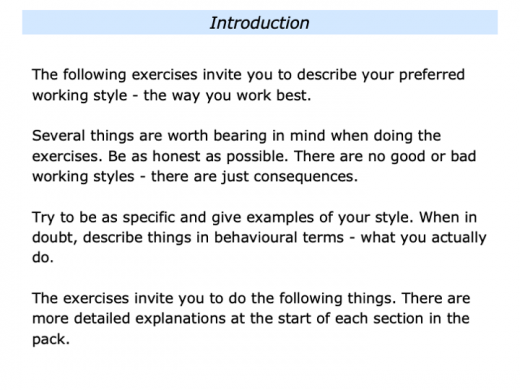
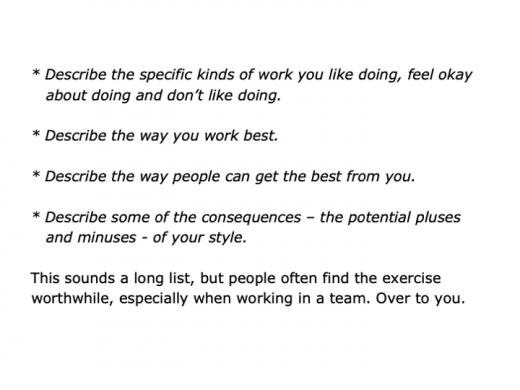

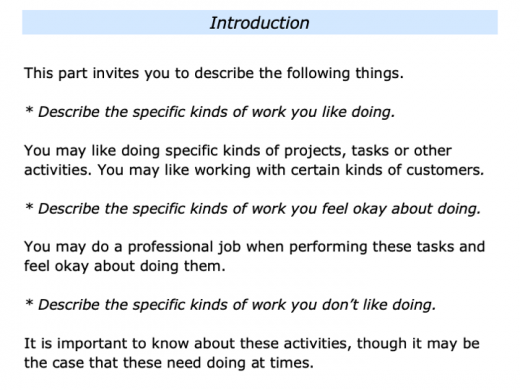
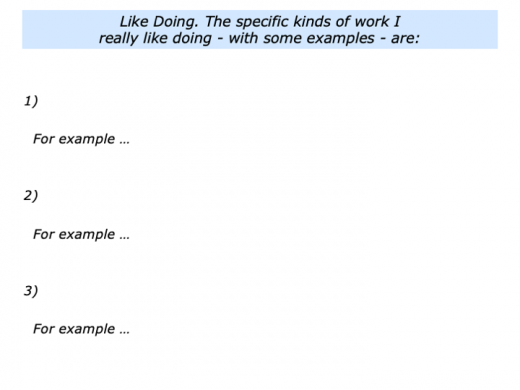
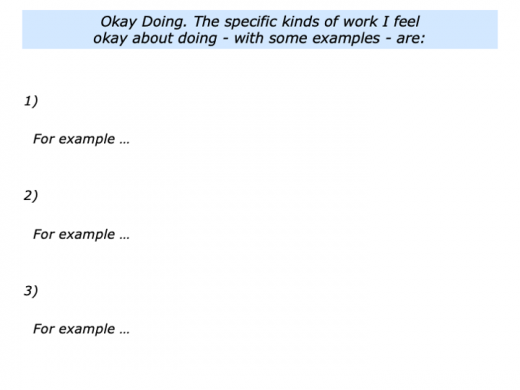
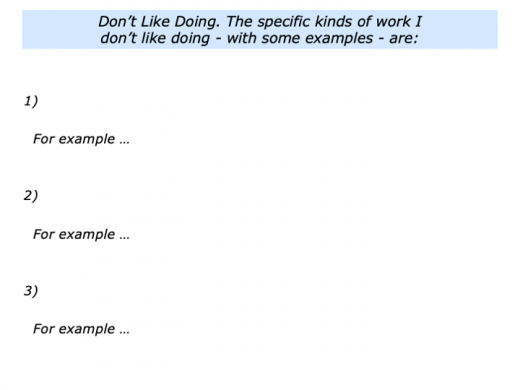

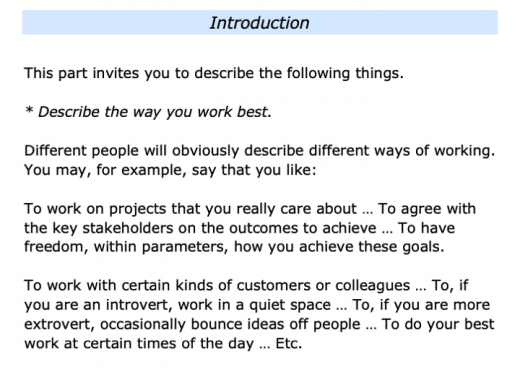
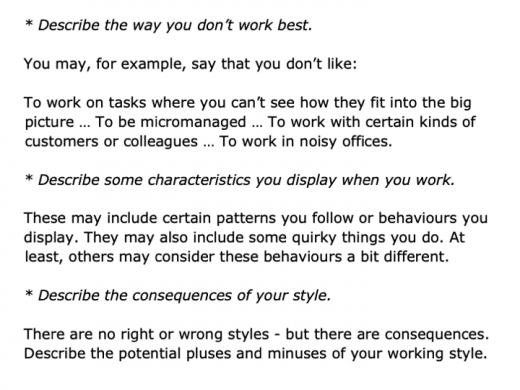






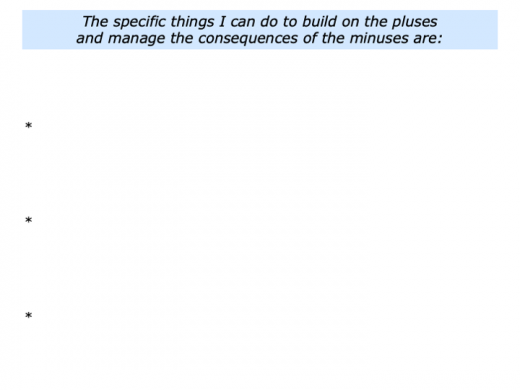

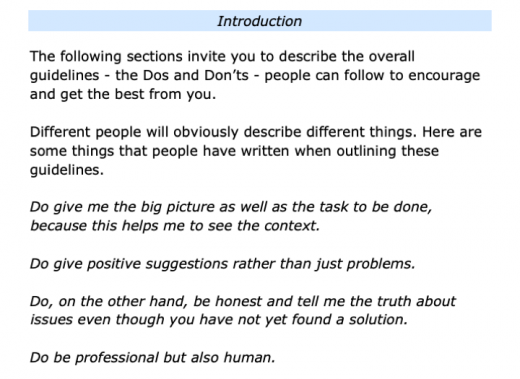



Imagine that you have given people time to do these exercises. As mentioned earlier, you can follow up with them in one-to-one sessions. Another approach is to take the following step.
You can facilitate a session in which people
share their preferred working styles
Create an informal atmosphere in which people feel able to share their working style. You may then wish to take the following steps.
Explain The Rules
Each person will have fifteen minutes to share their answers to the exercises. People can ask questions when the team member presents, but mainly for information. It is again worth underlining the following point:
The aim is to understand the person. It is not to get them to change.
Fifteen minutes seems a long time, but it can take longer. If people have done the exercise properly – and the group asks questions for information – it may take up to thirty minutes per person.
Providing you have created a positive atmosphere, you will find that people open-up and are willing to be honest. This is an approach that – providing it is done properly – can help people:
To understand each other’s working styles; To understand how to encourage and get the best from each person.
If appropriate, you can then meet each person to make clear contracts about their best contribution to the team. You can then employ your strengths to enable the team to achieve peak performance.
The Positive Leader’s Approach
To Communicating With Their People
Let’s conclude this section by focusing on how such leaders communicate with their people. They sometimes take the following steps to give people the big picture.
They explain the team’s purpose and picture of success.
They explain the principles people can follow to achieve their picture of success.
They invite people to make clear contracts about their contributions towards achieving the picture of success.
Different leaders do this in different ways, but the aim is the same. It is to give people the context and show individuals that they can make an important contribution towards achieving the picture of success.
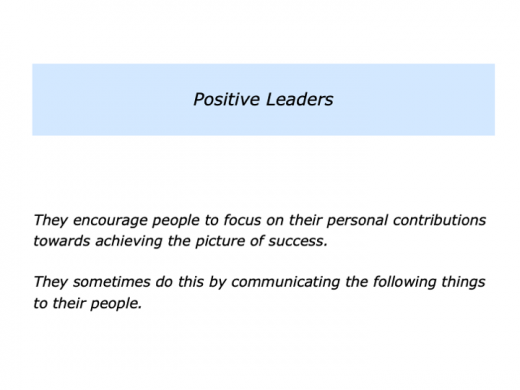
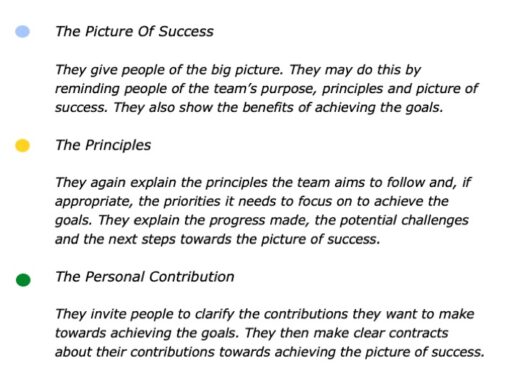
Let’s return to your own work. Looking ahead, can you think of a situation where you may want to follow some of the principles of positive leadership? This could be in your personal or professional life.
How can you aim to be positive? How can you be predictable and create an encouraging environment? How can you use your strengths to enable people to achieve peak performance?
If you wish, try tackling the exercise on this theme. This invites you to complete the following sentences.

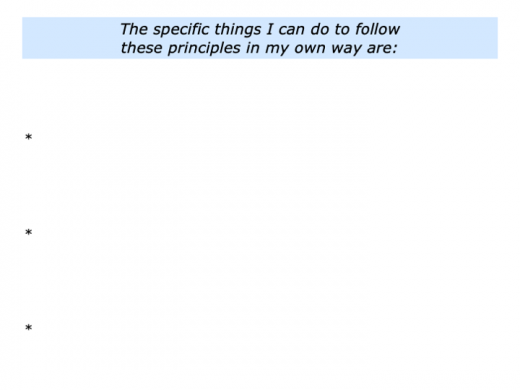
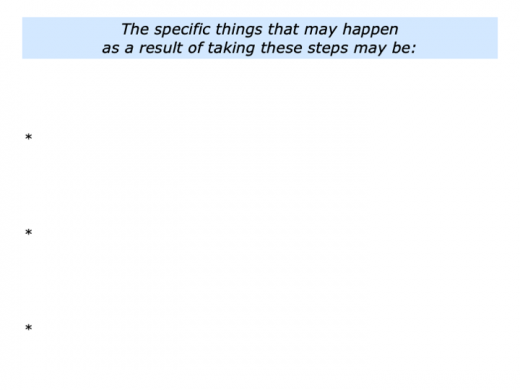






Leave a Reply